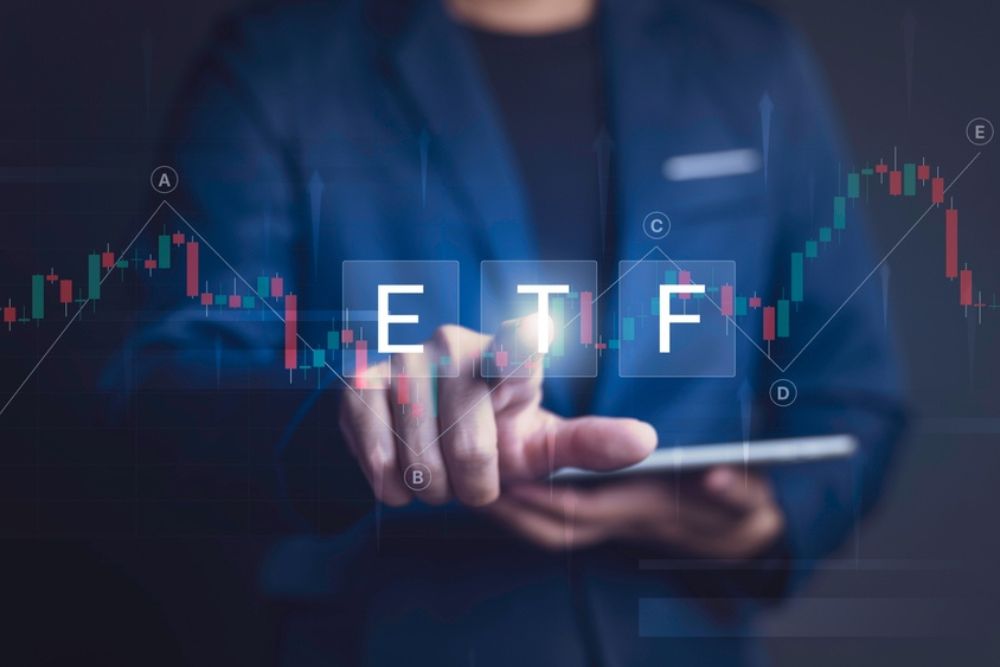Recent insights from GSR’s analysis indicate that XRP and Cardano may face challenges transitioning into exchange-traded funds (ETFs).
This analysis evaluates cryptocurrencies on decentralization and market demand, and both XRP and Cardano scored poorly in these critical areas.
Decentralization is a fundamental aspect involving factors like permissionless participation and hardware diversity in the network. The Nakamoto Coefficient, which measures the concentration of operational power within a network, revealed vulnerabilities in both XRP and Cardano.
XRP scored -0.9 and Cardano -0.1, suggesting concerns about their network structures. These low scores reflect potential risks of collusion or control by a few entities, raising doubts about their suitability for ETF adaptation.
Market Demand and Community Activity
Besides decentralization, market demand plays a crucial role in the potential for cryptocurrency ETFs. This includes metrics like market cap, trading volume, and community activity. Despite the popularity of XRP and Cardano, they lagged behind other cryptocurrencies in GSR’s analysis. XRP scored -0.2, while Cardano scored -0.5, indicating weaker demand metrics.
These lower demand scores further contribute to XRP and Cardano’s challenges in launching ETFs. In contrast, other cryptocurrencies like Ethereum, Solana, and NEAR show stronger potential for future market demand, aligning with their higher scores in GSR’s analysis.
Contrast with Solana and Other Cryptocurrencies
While XRP and Cardano struggle, other cryptocurrencies are making significant strides. Solana, in particular, has been highlighted for its positive evaluations. VanEck, a major asset management firm, has filed for the first-ever Spot Solana ETF with the US Securities and Exchange Commission (SEC).
According to Matthew Sigel, VanEck’s head of digital asset research,
“With its combination of scalability, speed, and low costs, the Solana blockchain has the potential to provide an enhanced user experience across a wide range of use cases.”
Solana’s growing stature and recent ETF filing underscore its position as a notable competitor to Ethereum. This contrasts sharply with the outlook for XRP and Cardano, which are hampered by their lower decentralization and demand scores.
Bitcoin and Ethereum ETF Developments
The landscape for Bitcoin and Ethereum ETFs remains mixed. Bitcoin spot ETFs have experienced varying inflows, reflecting market caution. Ethereum’s potential ETF is still pending final S-1 approvals, which are expected to materialize soon. Despite these pending approvals, the market’s response has been cautious, with slow but positive trends in inflows for spot Bitcoin ETFs observed over recent days.
The cautious market reception highlights the complexities and uncertainties surrounding the approval and adoption of cryptocurrency ETFs. While Bitcoin and Ethereum navigate these mixed signals, XRP and Cardano’s path appears more challenging based on GSR’s analysis.
- Crypto Price Update July 24: BTC Maintains $66K, ETH at $3.4K, XRP, TON, and ADA Rallies
- Bitcoin Falls to $65K as Mt. Gox Transfers $2.8 Billion BTC to External Wallet
- News of Marathon Digital’s $138 Million Fine for Breach of Non-Disclosure Agreement Triggers a Bearish 2.5% of Its MARA Stock
- Are $530M Bitcoin ETF Inflows a Blessing or Caution?
- Metaplanet Teams with Hoseki for Real-Time Bitcoin Holdings Verification
- Building Secure Blockchain Systems: An Exclusive Interview with ARPA and Bella Protocol CEO Felix Xu
- Building The “De-Facto Crypto Trading Terminal”: An Exclusive Interview with Aurox CEO Giorgi Khazaradze
- Building a New Global Financial System: An Exclusive Interview With Tyler Wallace, Analytics Head at TrustToken
- “Solana is the Promised Land for Blockchain” — An Exclusive Interview with Solend Founder Rooter
- El Salvador: Where The Bitcoin Revolution Begins With A Legal Tender

 Why Trust Us
Why Trust Us







